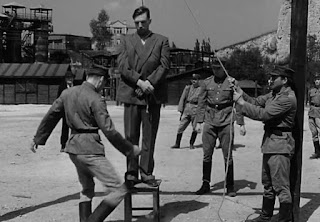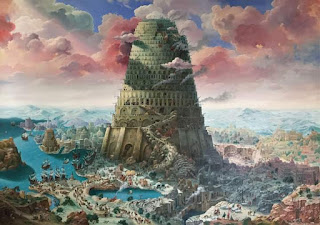The Alliances in the Genesis of World War I (end): The Alliances of Powers on the Eve of War
By 1912, both the Triple Alliance and the Triple Understanding had become established characteristics of international relations.. Examining the coherence of both systems of alliance was a common issue in memorandum and official correspondence, but also in letters and journals from experts and decision-makers. Whenever a crisis in international relations arises, the current situation of alliances and the possible impacts on their future would be considered.
Austria-Hungary's stance on the First Moroccan Crisis and its effect on its ally Germany; Russia's setback in 1909 following the British and French withdrawal signals; and Germany's disapproval of the Monarchy of Habsburg's bet on the crisis of the European Union the winter of 1912-1913 were the most significant examples of help alliances contributed to reducing the crisis in the last decade before 1914. The alliance between Perennial rivals on the east coast of the Adriatic, Austria-Hungary and Italy, facilitated the containment of their competition for dominance in Albania and therefore allowed a collective intervention, albeit inefficient, in the style of the Concert of Europe on the ground and in negotiations about the future of the country.
From the first Moroccan crisis in 1904-1905 onwards, all the major conflicts that dominated the agenda of diplomats and politicians over the course of a decade were perceived as evidence of the stability of alliances. The result of any given crisis was judged accordingly; as a sign of the coherence of alliances, of its usefulness in times of conflict and of its credibility as a deterrent. No doubt, not being isolated and having reliable partners among the Great Powers was important to prestige. This mattered, because any gain or loss of prestige would not go unnoticed to the public at home and decision-makers abroad. But it only became such an overwhelming issue because the stability or instability of alliances could overturn the calculation of military capabilities so dramatically.
Since the collapse of its army and army in 1904, Russia's efforts to regain its military power had become key to assessing Europe's strategic situation. With Russia off the scene, Germany and its allies were in a comfortable position, almost inviolable. With Russia rebuilding its army and army (with the support of the French), German superiority was fading. How strong Russia was in military terms at one time and how strong it would be in the future was a major concern of military experts, not only in Berlin or Vienna, but also in Paris and London. Fighting for security and strategic leverage, the Great Powers, Italy included, joined the arms race at sea. Technological change and changing notions of quality at the tactical level of operations added another set of "known unknowns" regarding the upcoming Great Powers war.
In the colored photograph Russian Zar Nikolai II and Kaiser Wilhelm II, protagonists in the alliances of the Great European Powers.










Comments
Post a Comment